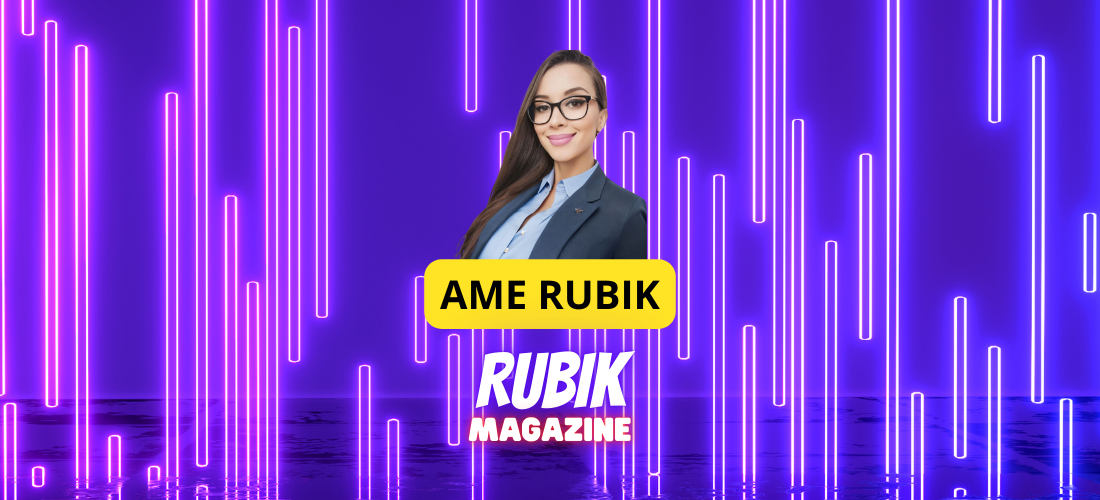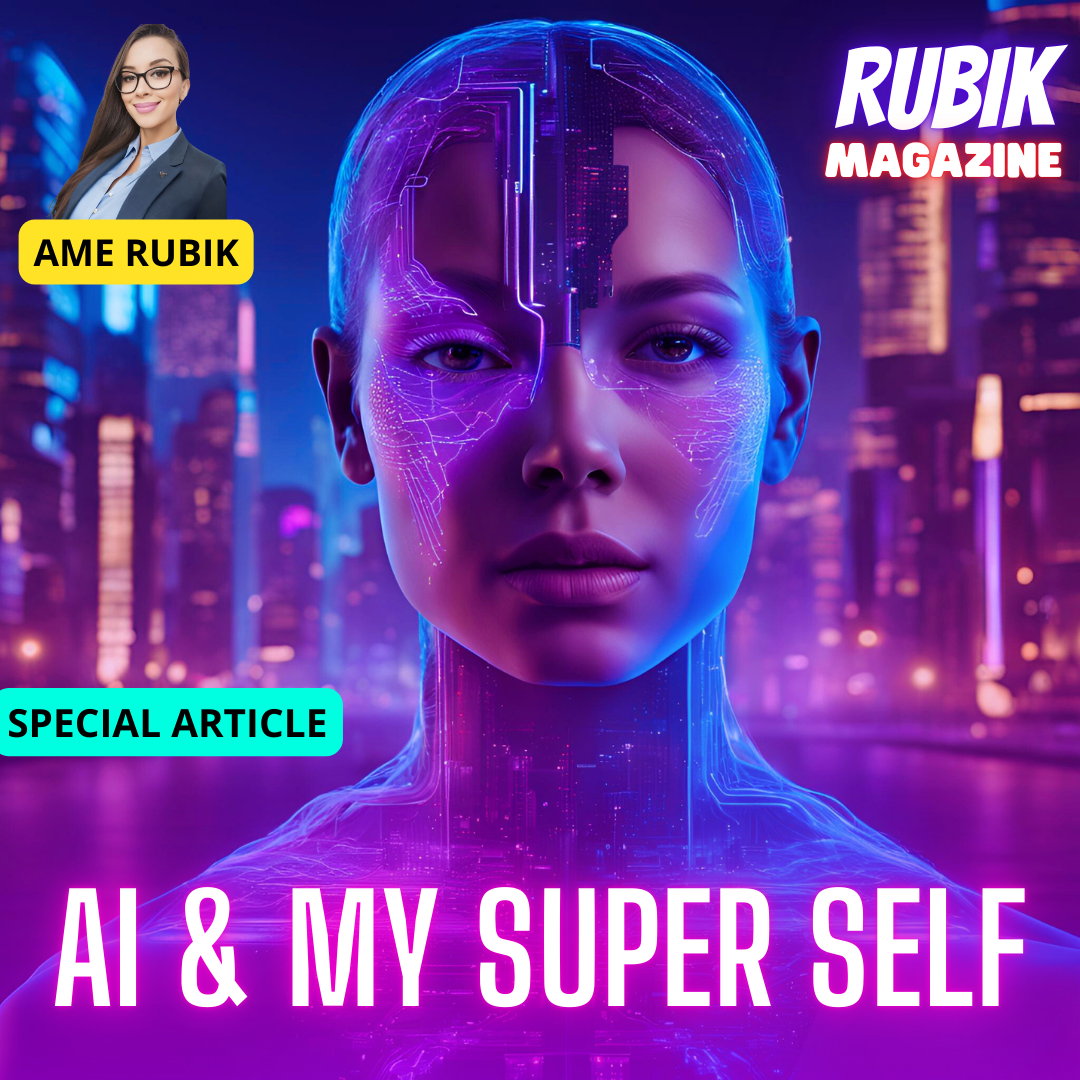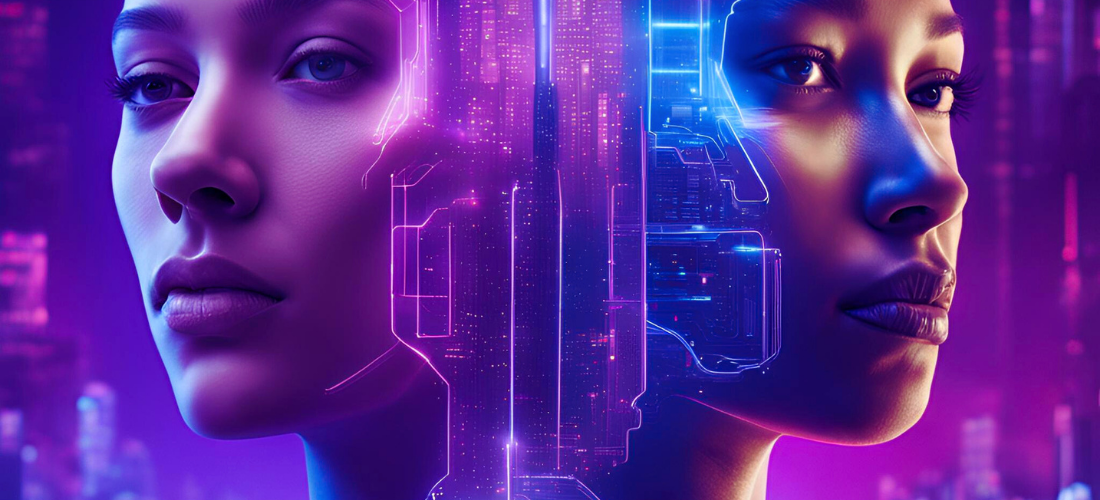
1. 2024: The Year of AI
Never before has artificial intelligence had such a profound and widespread influence on our lives as it did in 2024. This year marked a turning point in the relationship between humanity and technology. Tools like ChatGPT, MidJourney, and Runway redefined the standards of visual and audiovisual content creation, enabling millions of people, regardless of their technical expertise, to generate professional-quality works in minutes.
Language models evolved to become multifaceted personal assistants. They were no longer limited to answering basic questions; now, they could draft legal documents, write speeches, create personalized business plans, and even offer emotional support in times of need. Their integration into work and educational platforms eliminated barriers, offering access to smart solutions and unprecedented productivity.
Companies from all sectors embraced AI as a strategic ally. In entertainment, AI-assisted movies and video games not only optimized production costs but also opened up new narrative possibilities. In healthcare, AI-based systems helped diagnose diseases more accurately, optimized treatment development, and improved personalized patient care.
This year, the impact of AI transcended individual applications and reached global scales. Agriculture used AI to maximize yields while minimizing resource usage. In smart cities, advanced algorithms helped manage traffic, reduce energy consumption, and optimize public services.
What was once considered a luxury reserved for large corporations or tech experts has transformed into an indispensable tool in the daily lives of millions. In 2024, AI ceased to be seen as a mere technological innovation, consolidating itself as a fundamental necessity driving creativity, efficiency, and humanity's ability to dream beyond traditional limits.
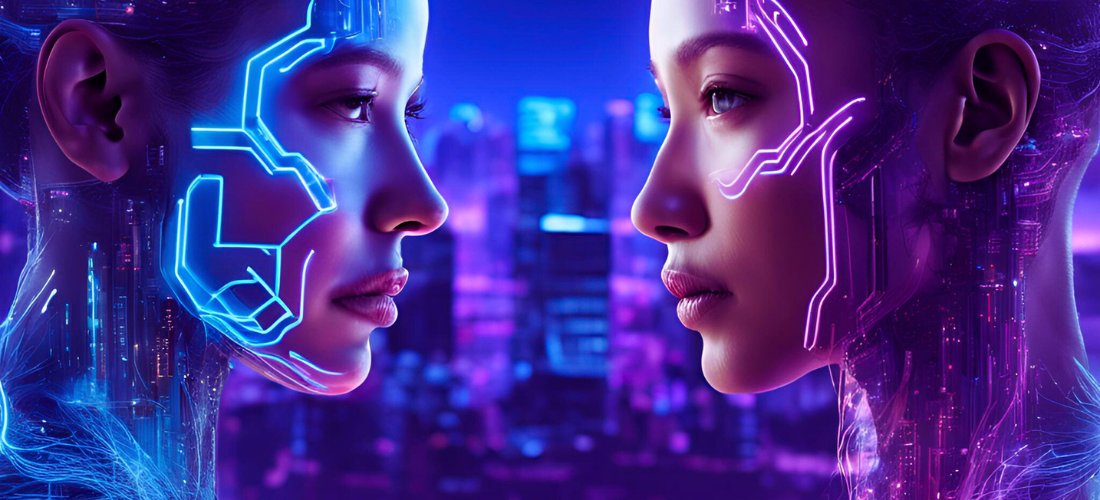
2. Empowered Creativity: Unique Images and Videos
2024 marked a renaissance in the creative world, fueled by artificial intelligence tools that radically transformed how we conceive and produce art. Platforms like MidJourney, DALL·E, and Runway put the ability to design studio-quality images and videos into the hands of anyone, from amateurs to professionals. What once required years of experience or expensive equipment was now accessible to everyone with just a few well-chosen words.
These technologies not only facilitated creation but also expanded the limits of imagination. Thanks to AI's ability to interpret textual descriptions and turn them into striking visuals, creators worldwide brought to life fantastical worlds, unique characters, and settings that once existed only in their minds. From hyper-realistic illustrations to abstract animations, creative possibilities multiplied exponentially.
The impact of this revolution was particularly evident on social media, where AI-generated content dominated trends. Custom hyper-realistic avatars, interactive filters, and artistic videos became the standard for posts. AI allowed users to experiment with new digital identities and visual styles, breaking the boundaries of traditional design.
Moreover, this democratization of creativity opened doors to never-before-seen audiovisual narratives. In film and advertising, creating trailers, special effects, and even short films in just a few hours reduced production costs and times. Small businesses, which once couldn't compete with large studios, now had access to the same high-level tools.
But the impact wasn't limited to visuals. This new paradigm also fostered collaboration between humans and machines, where artists no longer feared being replaced but saw AI as an extension of their talent. In 2024, AI-powered creativity not only removed barriers but also redefined the meaning of expression, allowing millions of people to shape their boldest dreams.
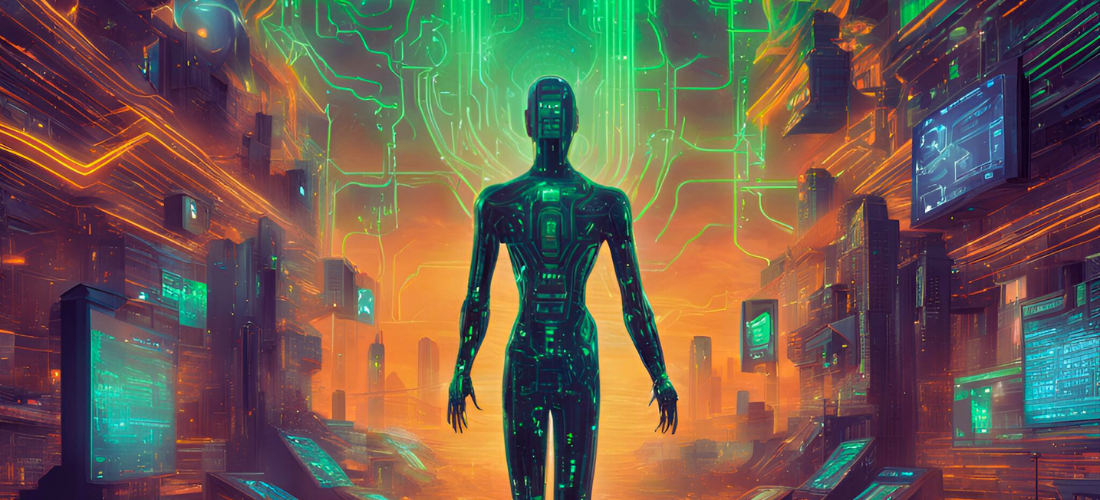
3. ChatGPT: The Companion We All Adopted
ChatGPT became a staple in our daily lives, an omnipresent virtual assistant that transcended its role as a technological tool to become a true extension of our capabilities. From the simplest tasks to the planning of complex projects, ChatGPT effortlessly integrated into our routines, adapting to the individual needs of millions of people.
In the workplace, ChatGPT proved to be an invaluable resource. For entrepreneurs, it was the ideal partner in creating business strategies, drafting proposals, and generating innovative ideas. Students found in it a patient and accessible tutor, capable of explaining difficult concepts, proposing study plans, and reviewing essays with precision. Companies, for their part, used its capabilities to automate customer responses, optimize internal processes, and generate detailed reports in seconds, saving time and resources.
In the domestic sphere, ChatGPT found its place as a versatile ally. From resolving trivial debates about historical or cultural data to suggesting recipes based on available kitchen ingredients, its versatility won over entire families. Even in education, it proved useful for younger children, assisting with schoolwork or creating personalized stories that sparked their imagination.
Beyond its practical applications, ChatGPT also became a thoughtful companion for many. Its conversations, although based on data and algorithms, conveyed empathy and understanding, helping people process ideas, explore emotions, or simply enjoy an interesting chat.
The widespread adoption of ChatGPT redefined how we interact with technology—not as a substitute but as an enhancer of our abilities. This year made it clear that the future is not human versus machine, but human and machine working together. In 2024, ChatGPT not only solved problems but also brought people closer to a more connected and efficient world.
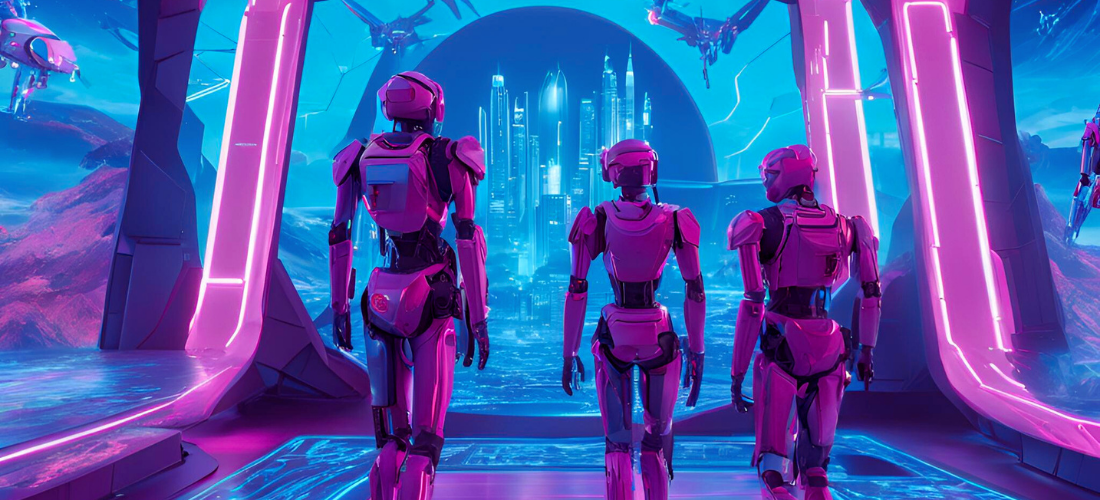
4. Tesla's Robots and the Promise of SORA
Tesla shocked the world with the presentation of its humanoid robots, a breakthrough that marked a turning point in the evolution of modern robotics. These robots, designed to combine functionality with human-like appearance and movement, demonstrated the power of artificial intelligence to transcend software limitations and manifest in the physical world. They were not just machines that could lift objects or assemble parts; these robots could move fluidly, recognize their environment, and adapt to it with almost organic precision.
In factories, Tesla's robots revolutionized production processes, integrating as coworkers that not only increased efficiency but also reduced the labor load in repetitive or dangerous tasks. In homes, the potential of these robots was even more captivating: they could assist with household chores, act as personal assistants, and even offer companionship to the elderly or those with limited mobility. Their design prioritized not only utility but also emotional interaction, making them an innovation that challenges the traditional view of machines as cold and distant entities.
On the other hand, SORA, an AI developed by OpenAI, revolutionized the creative world by redefining how audiovisual content is generated. This AI, specifically designed for video creation, allowed companies and individuals to produce high-quality visual material simply. From corporate videos to advertising campaigns and educational content, SORA democratized audiovisual production, eliminating technical and economic barriers that once limited creators.
The impact of SORA was especially notable in the business world. Companies found in this tool an efficient way to communicate their messages in a visually impactful and engaging manner, reducing production times and costs. Furthermore, entrepreneurs and small businesses were able to compete in a saturated market thanks to the ability to generate professional content without the need for large teams or high budgets.
Both advancements, Tesla's robots and SORA, reminded us that we are on the brink of a paradigm shift. The combination of advanced robotics and artificial intelligence is not only redesigning how we work but also how we live, collaborate, and dream of a future where humans and machines form a symbiosis that multiplies our capabilities. In 2024, the horizon of progress expanded like never before, making it clear that what today seems like science fiction will tomorrow be our everyday reality.
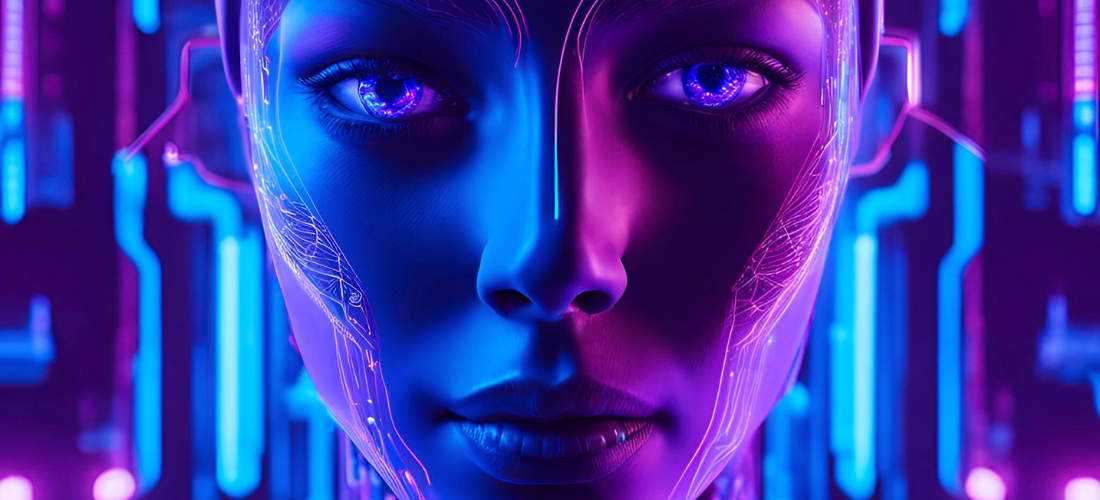
5. Conclusion: The Super Self and the Future We Dream
The concept of "My Super Self" symbolizes the symbiosis between human intelligence and AI. This year taught us that with the right tools, we are capable of reaching new levels of productivity, creativity, and connection.
2024 was just the beginning. With constantly evolving technologies, from advanced robots to even smarter AI systems, the future promises to be a space where the human and the artificial enhance each other. In this journey, AI will not only be a tool but a companion in our quest to transcend limits and redefine what is possible.
